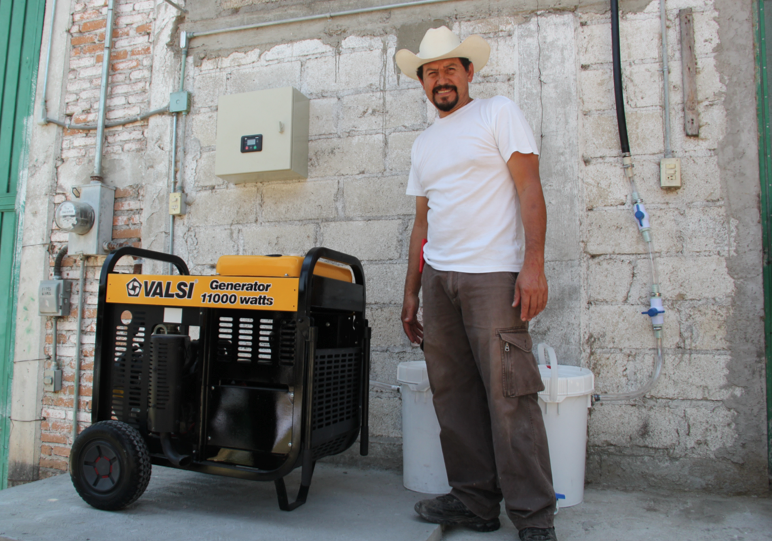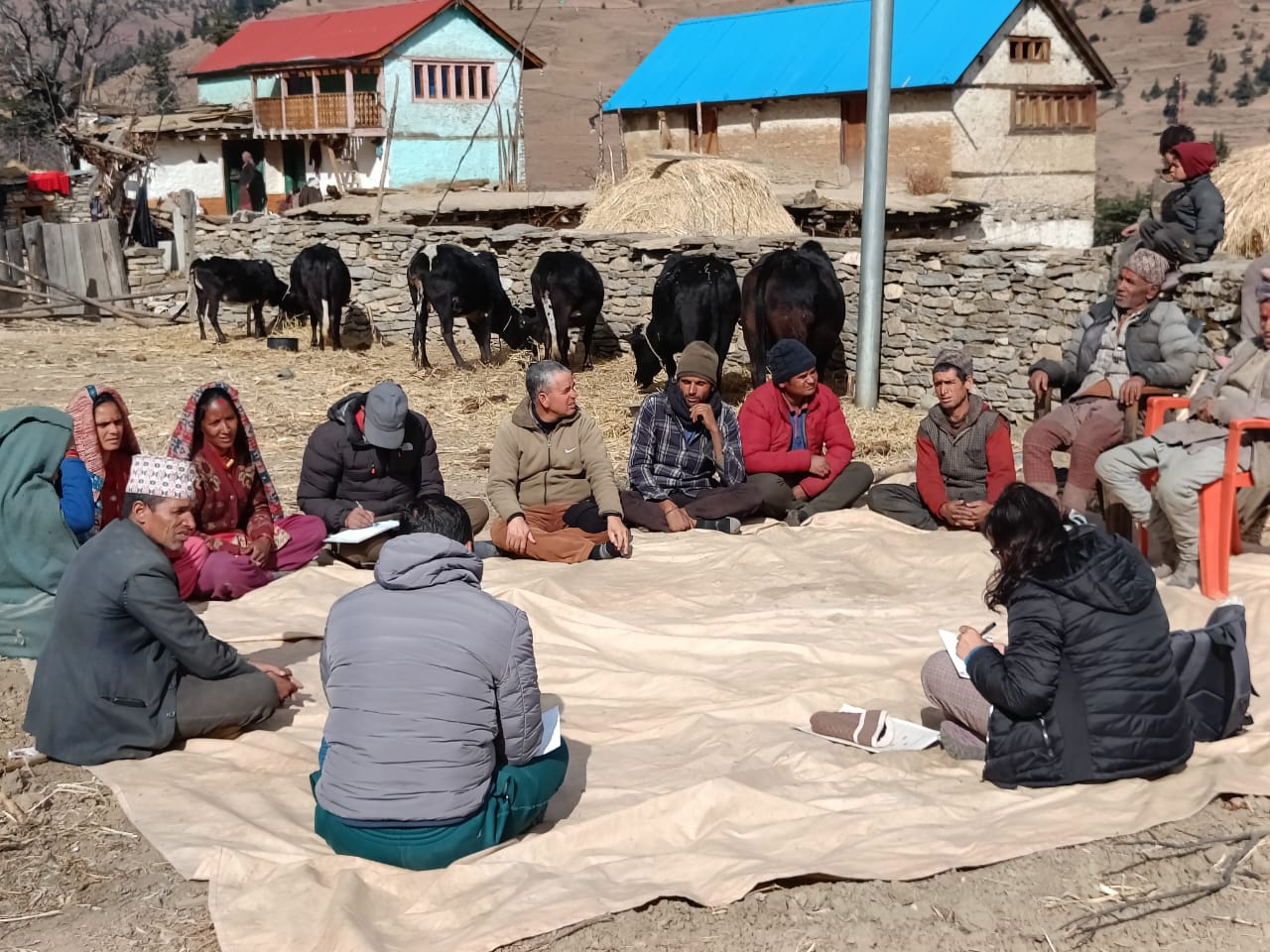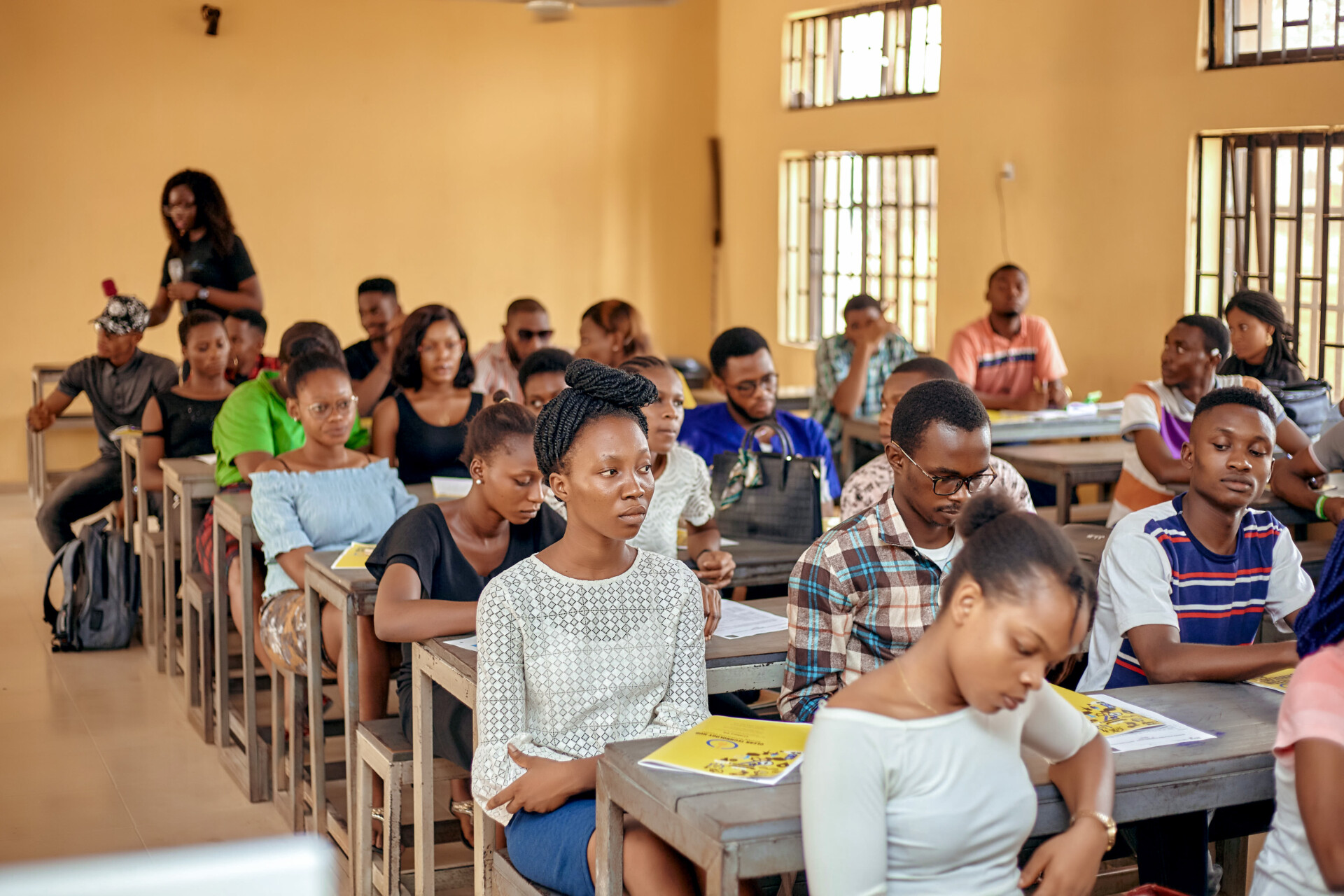Our SEPS project “Removing barriers to Greenhouse Gas mitigation in medium scale agricultural livestock activities within Mexico” has been successfully concluded. It was implemented by the International Renewable Resources Institute of Mexico (IRRI) with the main aim of demonstrating the feasibility of utilising biogas technology to further mechanise more than one million medium scale farms in Mexico, improve their productivity and efficiency and reduce their environmental burden.
The project comprised two main phases. In the first phase, complete productive biogas and water treatment systems were installed at four medium scale livestock farms (two swine farms and two dairy farms). The biogas is used to meet the thermal energy demand at the farms (space heating for swine maternity areas, hot water for cleaning purposes and energy for cooking) and to generate electricity. In addition to the equipment for biogas production and use, all the systems comprise secondary water components that use aquatic and wetland plants in order to further treat the effluents of the biodigesters. This enables farmers to meet national water quality discharge standards. The economic benefits of these systems are calculated based on the value of energy and fertiliser produced per year; in this way a simple return on investment of less than three years is estimated for the demonstration projects.
In the second phase, the project aimed to demonstrate the feasibility of adapting and applying commercial gasoline motors available in the Mexican market in order to provide mechanical and/or electric power to small and medium farmers by using their biogas. In this phase, there were five significant areas of work: biogas filtration, matching energy production and use, motor sizing and design, grid interconnection, and training and maintenance. Sixteen motors have been adapted and installed by IRRI.
The project has already led to significant advances in the application of biogas for small scale electric power (between 5 and 10 kW) and has opened the door to the further development of the technology. All the installed motors are currently under a monitoring and maintenance regime for the next 12 months to improve data on the operating parameters and benefits of these systems.


